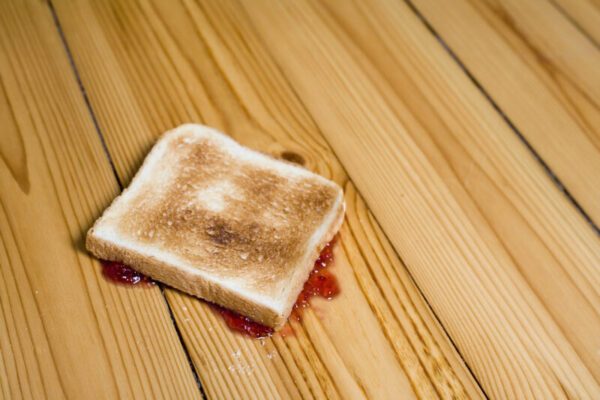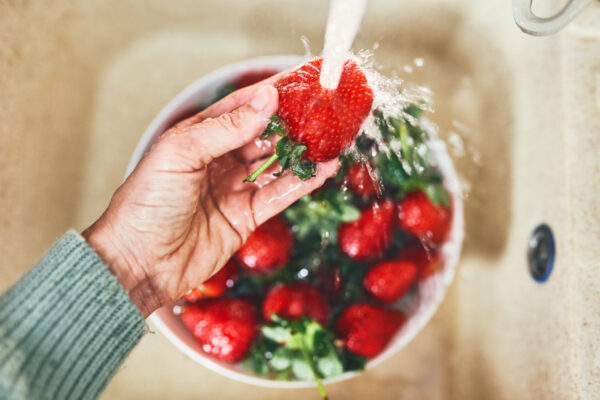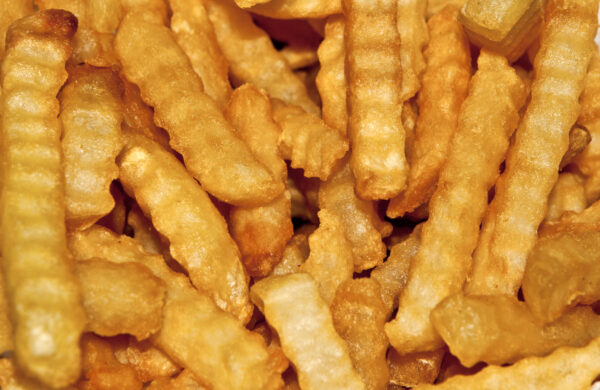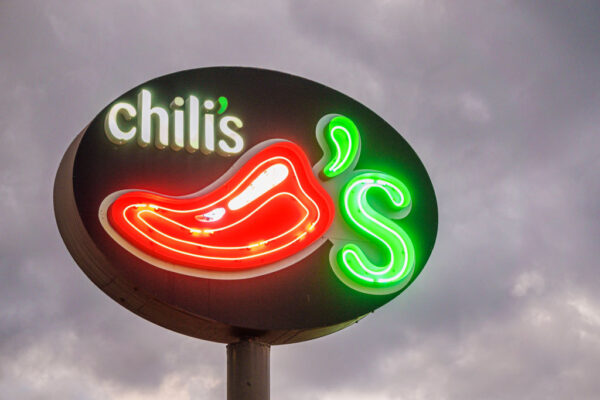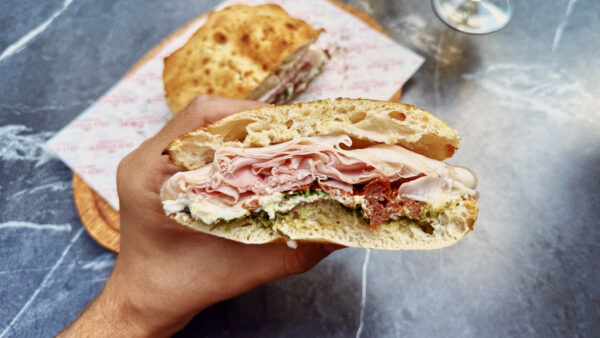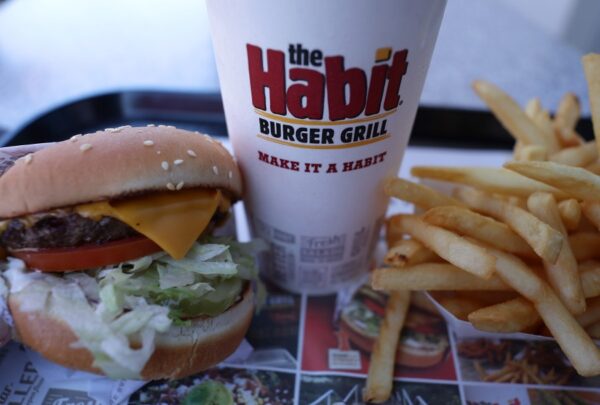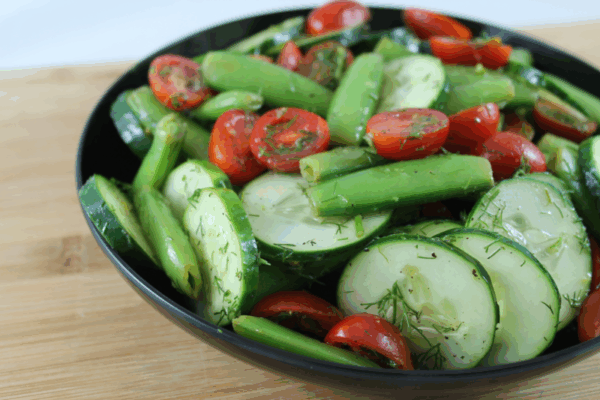Uh oh. You just dropped your toast on the floor. It was the last piece, too. And you were enjoying it so, so much.
You know where this is going.
Since childhood, most of us have been aware of — and perhaps practiced — the five-second rule, which purports that any food item that’s accidentally dropped on the floor will not be significantly contaminated with bacteria if it’s picked up within five seconds. It’s a notion so engrained in our consciousnesses that it’s even got its own Wikipedia page.
But can the “five-second rule” be trusted?
What do the studies say?
Not surprisingly, the so-called “rule” has been put to the test numerous times, often with the same conclusion: Food that touches the floor can be contaminated with bacteria almost immediately, but the level of bacterial still depends on where the incident happens, what type of food it is, and how long it sits there.
In one study from 2016, professors at Rutgers University determined that bacteria transfer could take place within a second, which is far too quick for most people to retrieve any dropped foods. But after evaluating different types of foods (wet foods, dry foods, sticky foods, etc.) and different types of flooring (wood, tile, carpet, stainless steel), they concluded that foods gather more bacteria the longer they remain on the ground.
They also found that wet foods picked up the most bacteria, and that carpeting had the lowest “transfer rates” — echoing two discoveries that researchers with Aston University in the U.K. made in a similar 2014 study, per Scientific American.
Going viral
In recent weeks, however, the reliability of the “five-second rule” again made headlines after TikTok creator identified as Nick Aicher, also a quality control analyst at a bioengineering firm, tested the theory in a viral video. He ultimately determined that, yes, your dropped food is somewhat more gross no matter how quickly it’s retrieved from the floor.
In the video, Aicher studied petri dishes with films that had been exposed to a surface for zero seconds, five seconds, 10 seconds, 20 seconds and 30 seconds, and then allowed those samples to incubate. He found that bacteria had transferred to all of his samples, and declared in an on-screen message that “even 0 seconds is too long” to leave food on the ground.
Aicher also claimed the 10-second and 20-second samples showed more bacteria, while the 30-second sample had a “big boy” — i.e., a large bacterial growth — growing in it.
Aicher was not immediately available to discuss his findings with SavorNation.
It’s ‘a gamble’
Nicole Nomides, an infection prevention specialist who formerly worked with the University of Michigan Health System, also once agreed that five seconds is more than long enough for bacteria to transfer from the floor to your food. And even though she claimed you likely won’t get sick from eating it anyway, she said it’s still “a gamble.”
“As far as I’m concerned, the world is one big petri dish,” Nomides said.
Related
Does rinsing your produce with water actually do anything?
You might not get sick from popping an unwashed grape in your mouth. But would it be significantly less risky if you rinsed it off?
Are hot dogs really that bad for you? Why you should avoid some franks, experts say
How unhealthy is it to gobble down a dog at cookouts, sporting events, or as part of a quick meal at home?
Which kind of french fries do people in your state prefer?
A new survey provides insight into a very, very important topic.
Does your local Chili’s participate in this upside-down ‘tradition’?
Depending on which Chili’s restaurant you visit, there’s a chance one of the walls is adorned with an especially screwy picture.
Trending
Yelp names ‘Top 100 Sandwich Shops’ in the US
Yelp’s analysts identified dozens of delis and loads of lunch counters with large volumes of five-star reviews.
Habit Burger & Grill named best fast food burger for second straight year
The chain’s signature Double Char beat out burgers from In-N-Out and Five Guys to earn the top spot.
Cool down this summer with a refreshing cucumber dill salad
It’s hot outside, so we’re staying cool with a summer cucumber dill salad.
Crispy corn cakes from ‘The Vermont Farm to Table Cookbook’
When you picture the cuisine of Vermont, images of corn cakes topped with black beans and jalapeno probably don’t come to mind. But after today, you might not be able to help yourself.

Are you a food creator?
Apply to join the SavorNation creator community to share your restaurant reviews, recipes, and cooking tips.
